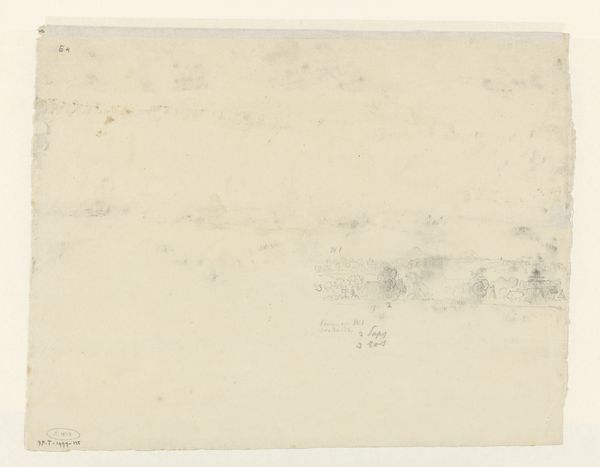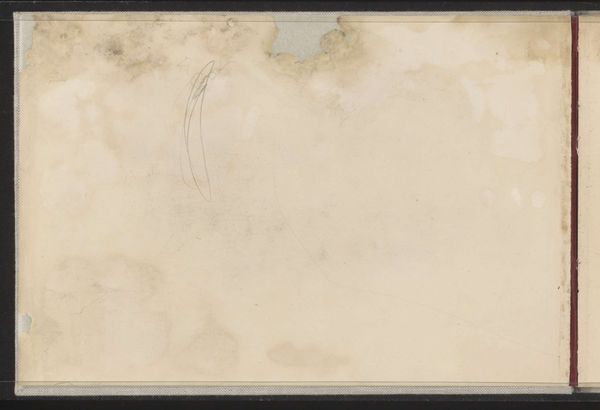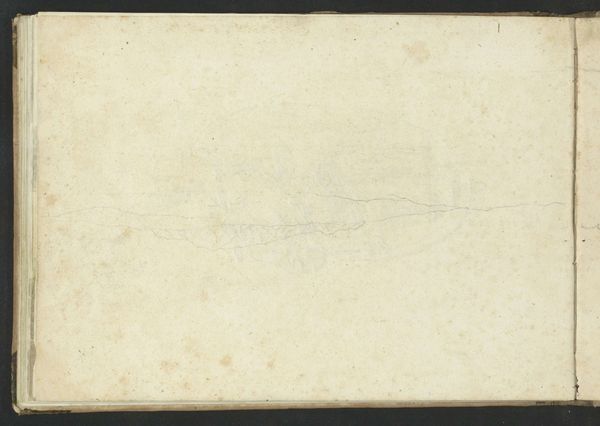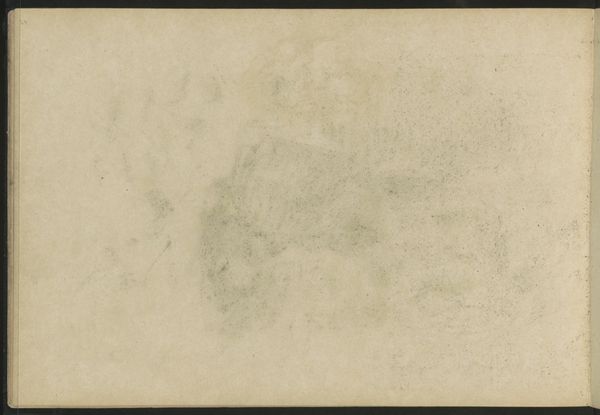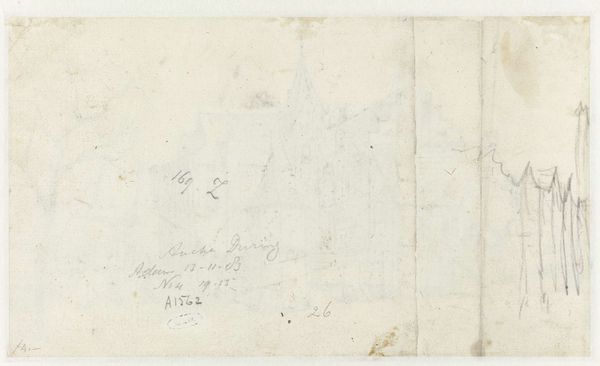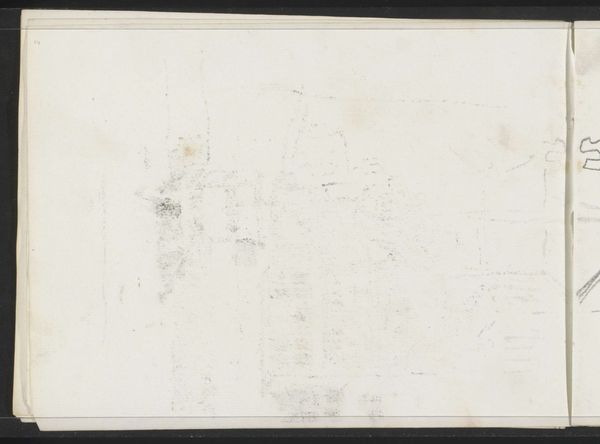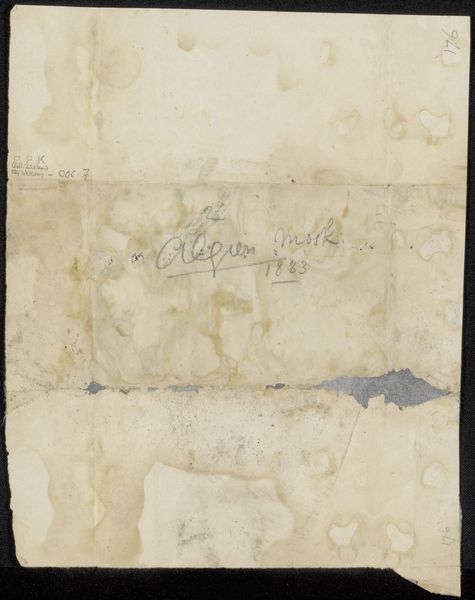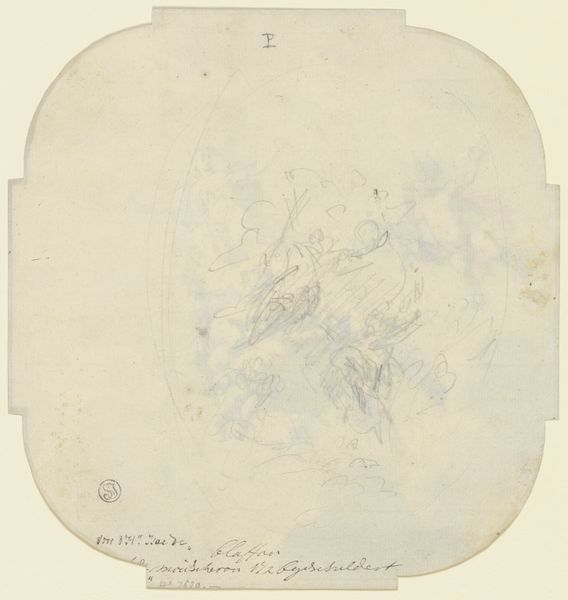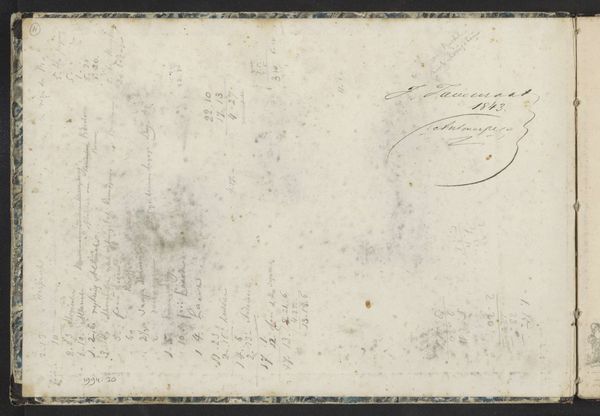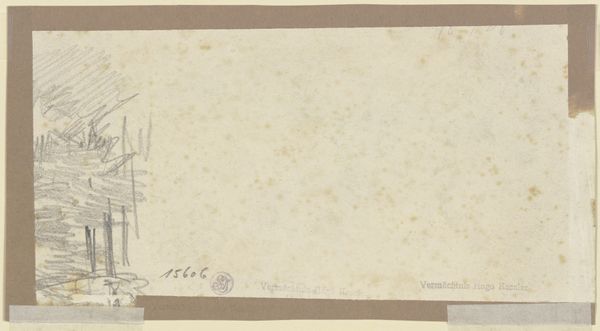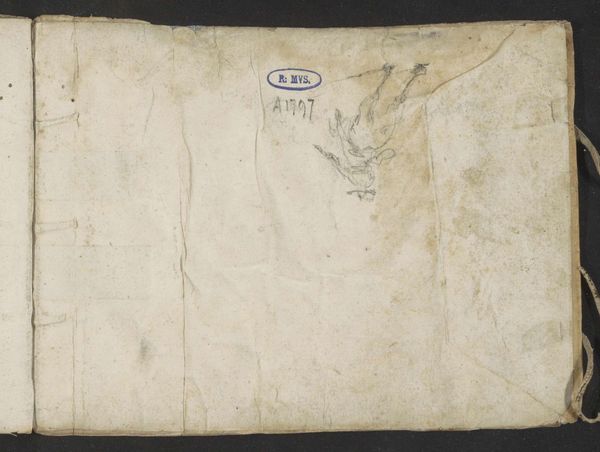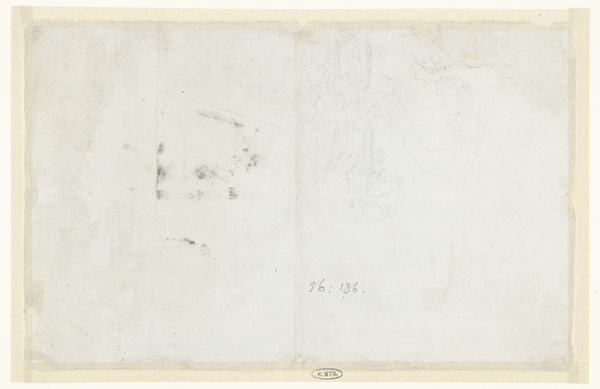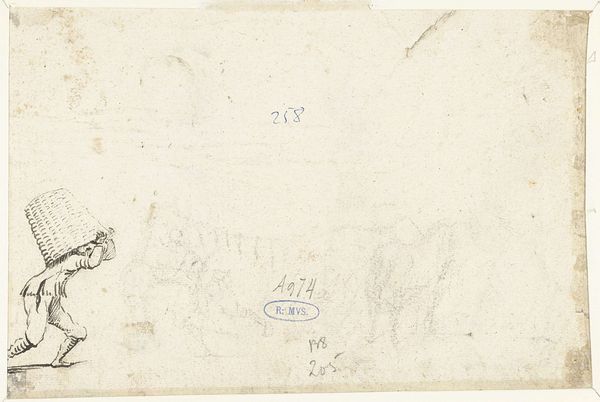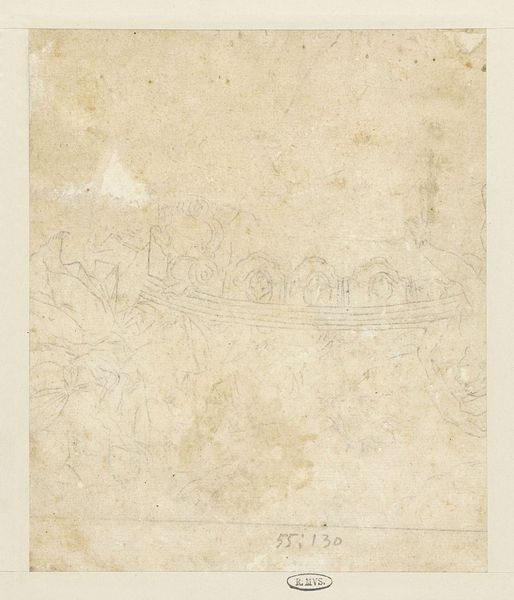
drawing, paper, pencil
#
portrait
#
drawing
#
aged paper
#
toned paper
#
figuration
#
paper
#
pencil
#
line
#
academic-art
#
realism
Dimensions: height 69 mm, width 110 mm
Copyright: Rijks Museum: Open Domain
Editor: Here we have "Studies van handen" by Jacques Stella, created sometime between 1606 and 1657. It’s a drawing on paper with pencil, and what strikes me first is its delicate and somewhat ghostly appearance, like faint memories captured on aged paper. What do you see in this piece? Curator: Well, I'm immediately drawn to the hand as a potent symbol across cultures. In many traditions, the hand represents action, intention, power, and benediction. Given that these are studies, not a finished piece, consider what these gestures might signify. Are they reaching, grasping, pleading, or simply at rest? Each position tells a story, carries an emotion. Editor: That's fascinating. They almost seem to float on the page. Are they supposed to represent something specific, or is it more about the exploration of form? Curator: The "floating" quality suggests the ethereal nature of gesture itself. The hand can perform mundane tasks, of course, but it also conducts an orchestra, signs a treaty, bestows a blessing. Consider the context in which Stella created this work; the hand, in artistic tradition, became a crucial conduit for expressing emotion and status. Editor: So, it's less about precise symbolism and more about the potential for meaning embedded within the hand itself? Curator: Precisely. The apparent simplicity belies a rich tapestry of potential meanings. It serves as a beautiful reminder that symbols are not static; their significance evolves and resonates differently across time and cultures. The artist teases those various layers and nuances. Editor: I see that the paper looks quite old. How do you think the aged paper and visible imperfections contribute to our reading of it? Curator: That history, those perceived 'flaws,' speak volumes! They invite a connection with time, acknowledging that the meaning of a symbol isn’t fixed. Think of cultural memory as inscribed upon each page. Every crack adds another story. Editor: That's a totally different perspective than how I saw it originally. It makes me wonder about how future audiences will interpret art from our own time. Curator: Precisely! This reinforces the beautiful dynamism that lives inside of any work of art, and how our interpretation can both celebrate that dynamism while seeking to understand its many meanings.
Comments
No comments
Be the first to comment and join the conversation on the ultimate creative platform.
